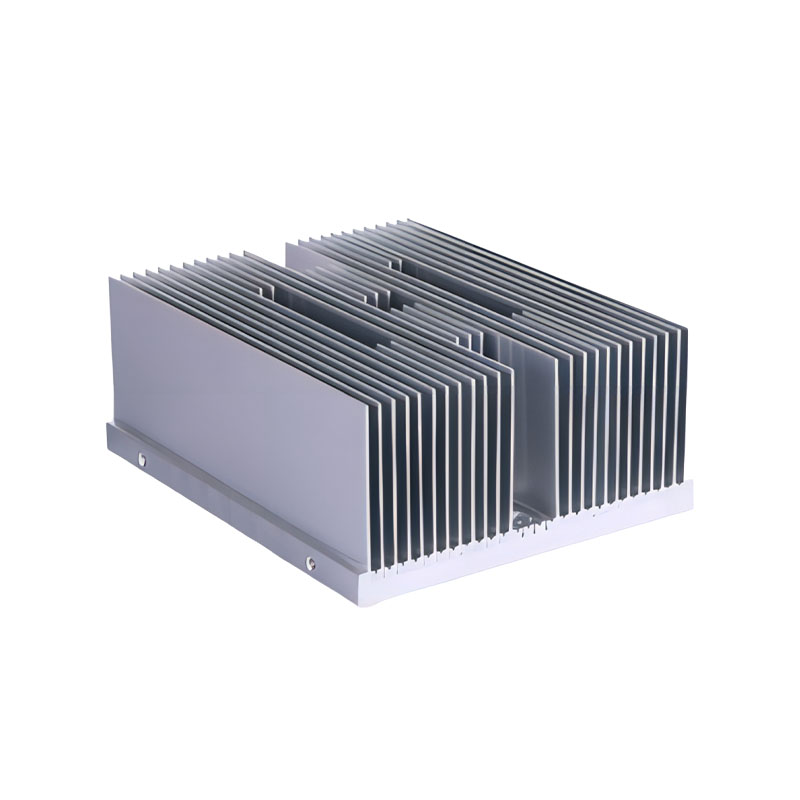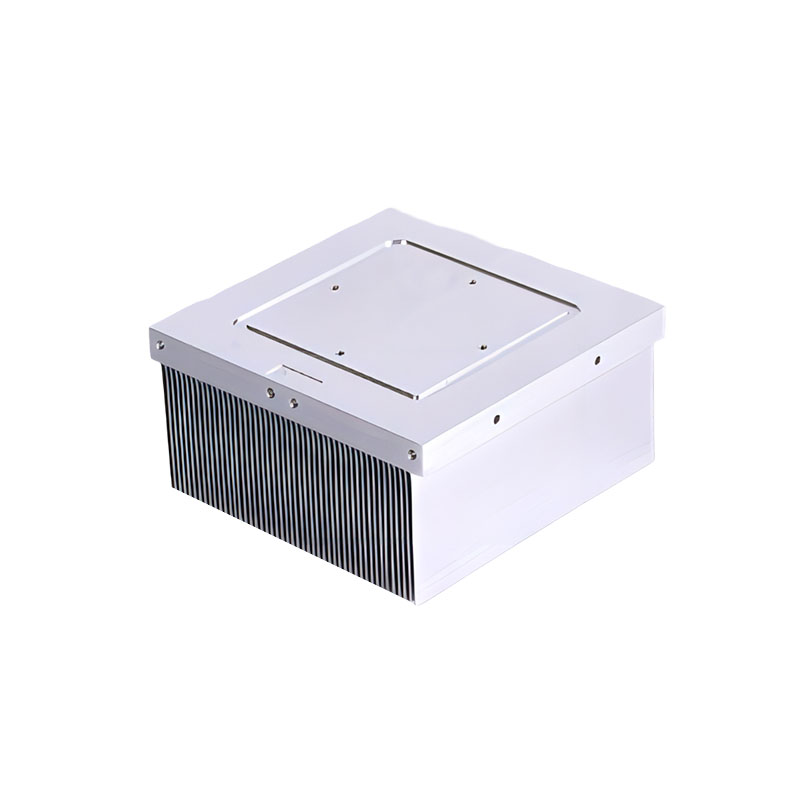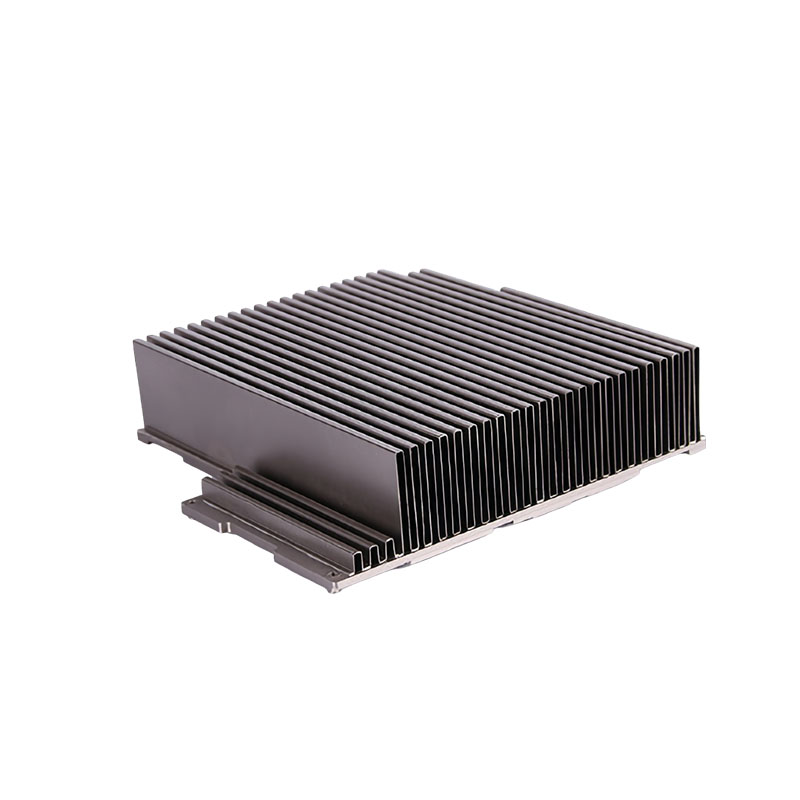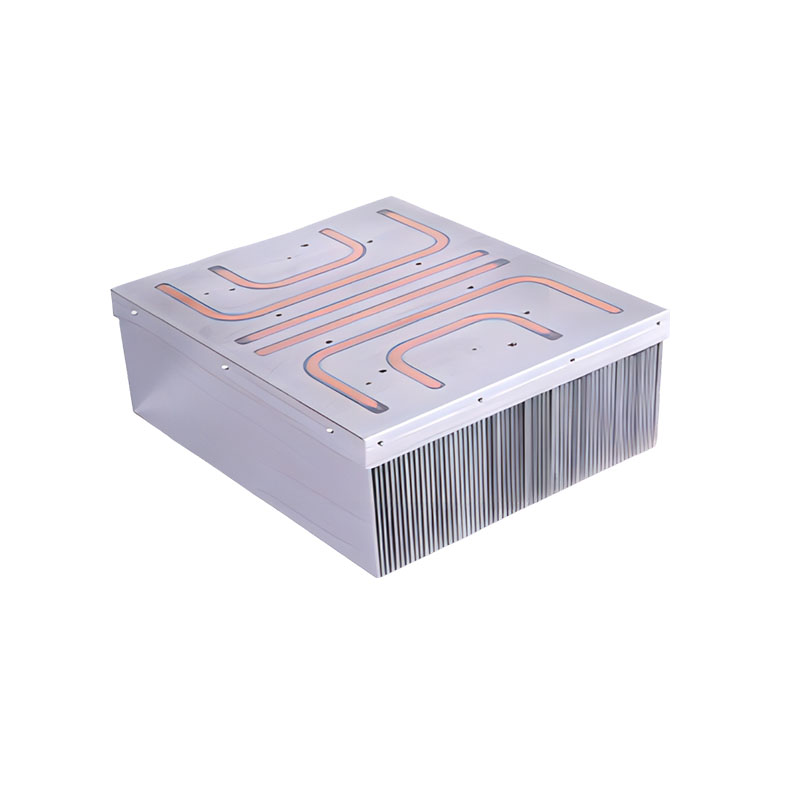How to improve the precision and surface quality of non-standard CNC machining?
Release Time : 2025-02-14
As an important part of modern manufacturing, non-standard CNC machining has extremely high requirements for product precision and surface quality. With the advancement of science and technology and the development of manufacturing, how to improve the precision and surface quality of non-standard CNC machining has become the focus of attention in the industry.
The selection of high-precision machine tools and cutting tools is the key to improving the precision of non-standard CNC machining. The stability and precision of machine tools directly affect the dimensional accuracy and shape accuracy of machined parts. Therefore, when selecting machine tools, attention should be paid to key indicators such as repeated positioning accuracy and spindle rotation accuracy. At the same time, the selection of cutting tools is also crucial. High-performance cutting tools can not only improve machining efficiency, but also ensure the smoothness of the machined surface.
Optimizing CNC programming is another important means to improve machining accuracy and surface quality. Programmers need to cleverly design machining programs and reasonably plan tool paths according to machining requirements to reduce unnecessary machining actions and errors. In addition, accurate calculation of tool compensation and machining parameters to ensure stability and controllability during machining are also important measures to improve machining accuracy.
During the machining process, strict control of process parameters such as cutting speed, feed rate, and cutting depth is equally important to ensure machining accuracy and surface quality. Reasonable selection of cutting parameters can ensure the stability and efficiency of the machining process and reduce errors and surface quality problems caused by excessive or insufficient cutting force. At the same time, monitoring and controlling factors such as temperature and vibration during the machining process can also effectively reduce their impact on machining accuracy and surface quality.
Improving the skill level of operators is also an important part that cannot be ignored. Skilled operators can accurately understand the machining requirements and master the knowledge of machine tool operation and tool selection, so that they can flexibly respond to various situations in actual machining to ensure machining accuracy and surface quality.
Using advanced detection methods to detect and measure the machined parts and timely discover and correct machining errors is also an effective way to improve machining accuracy and surface quality. Through high-precision detection equipment, it can be ensured that the actual size and shape of the machined parts are highly consistent with the requirements of the drawings.
In summary, improving the precision and surface quality of non-standard CNC machining requires multiple aspects, including the selection of high-precision machine tools and cutting tools, optimization of CNC programming, strict control of process parameters, improvement of operator skills, and the use of advanced detection methods. Only by comprehensively considering these factors can the precision and surface quality of non-standard CNC machining be continuously improved to meet the demand for high-quality products in modern manufacturing.
The selection of high-precision machine tools and cutting tools is the key to improving the precision of non-standard CNC machining. The stability and precision of machine tools directly affect the dimensional accuracy and shape accuracy of machined parts. Therefore, when selecting machine tools, attention should be paid to key indicators such as repeated positioning accuracy and spindle rotation accuracy. At the same time, the selection of cutting tools is also crucial. High-performance cutting tools can not only improve machining efficiency, but also ensure the smoothness of the machined surface.
Optimizing CNC programming is another important means to improve machining accuracy and surface quality. Programmers need to cleverly design machining programs and reasonably plan tool paths according to machining requirements to reduce unnecessary machining actions and errors. In addition, accurate calculation of tool compensation and machining parameters to ensure stability and controllability during machining are also important measures to improve machining accuracy.
During the machining process, strict control of process parameters such as cutting speed, feed rate, and cutting depth is equally important to ensure machining accuracy and surface quality. Reasonable selection of cutting parameters can ensure the stability and efficiency of the machining process and reduce errors and surface quality problems caused by excessive or insufficient cutting force. At the same time, monitoring and controlling factors such as temperature and vibration during the machining process can also effectively reduce their impact on machining accuracy and surface quality.
Improving the skill level of operators is also an important part that cannot be ignored. Skilled operators can accurately understand the machining requirements and master the knowledge of machine tool operation and tool selection, so that they can flexibly respond to various situations in actual machining to ensure machining accuracy and surface quality.
Using advanced detection methods to detect and measure the machined parts and timely discover and correct machining errors is also an effective way to improve machining accuracy and surface quality. Through high-precision detection equipment, it can be ensured that the actual size and shape of the machined parts are highly consistent with the requirements of the drawings.
In summary, improving the precision and surface quality of non-standard CNC machining requires multiple aspects, including the selection of high-precision machine tools and cutting tools, optimization of CNC programming, strict control of process parameters, improvement of operator skills, and the use of advanced detection methods. Only by comprehensively considering these factors can the precision and surface quality of non-standard CNC machining be continuously improved to meet the demand for high-quality products in modern manufacturing.







